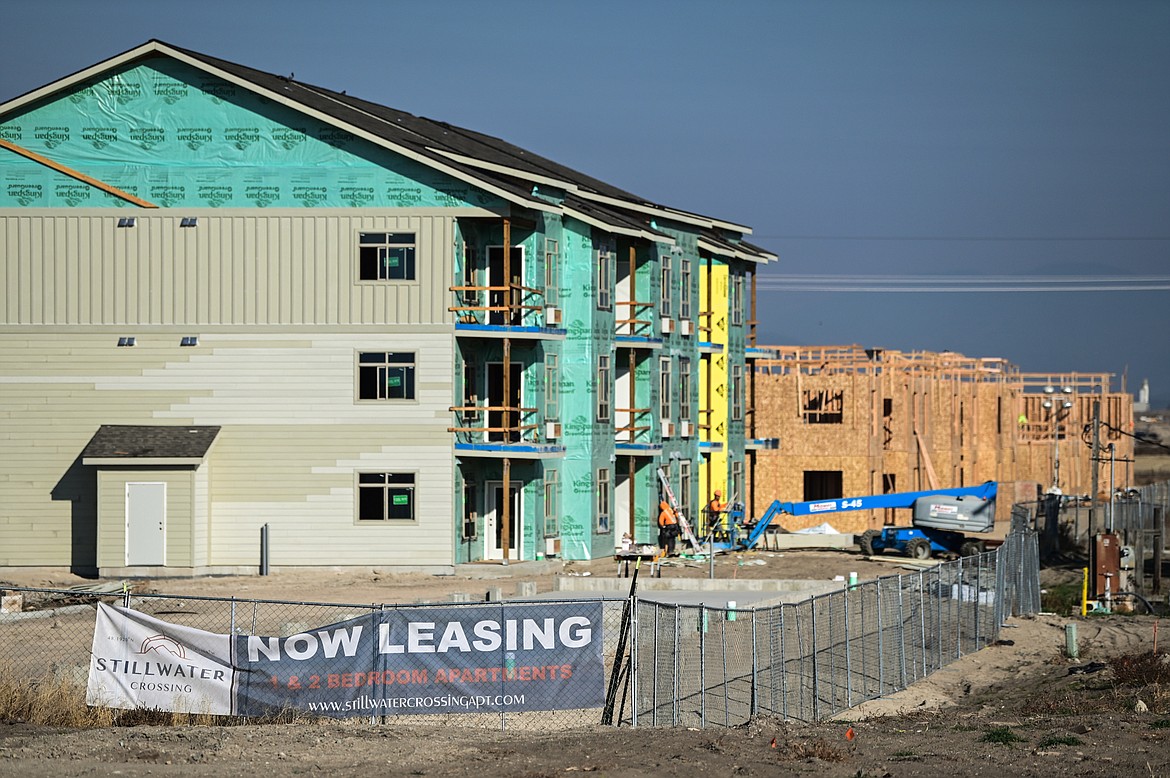Montana housing status quo unacceptable
As Republican and Democratic legislators representing a mix of Montana’s cities and rural areas, we have our fair share of political differences. When Gov. Gianforte asked us to join a task force to address Montana’s housing crisis, we could have said no. We could have let our disagreement on other issues get in the way. We could have refused to work with one another out of fear of giving the other side a political “win.” But with a growing number of Montana families getting priced out of their own state, we decided to say yes.
The first step was getting to the root of the problem. Townhouses, backyard cottages, and 2-4 family homes were once legal to build everywhere in Montana. Same with manufactured and modular homes. Beginning in the late 1960s, however, city officials began restricting them in their zoning codes. Thanks to a few, loud Not In My Backyard activists, these elitist restrictions persist today, even in centrally-located neighborhoods close to major employers like hospitals, offices, and universities.
We see the harm this causes in our own communities. Montana’s housing inventory has now withered to the point that the vacancy rate in most cities, once a healthy 8-10%, now hovers around 1-2%. Rents are up everywhere. The few real estate listings out there are mostly out of reach price-wise for the average Montanan. Businesses, even those paying above-median wages, can’t find workers who can afford to live nearby. Meanwhile, cities are sprawling outwards, eating up farmland, open space, and wildlife habitat.
We may debate each other on other issues, but we agree this status quo is unacceptable. Reducing regulatory barriers to housing production has been a bipartisan cause throughout the country, and it’s true for Montana, too. After months of reviewing data, consulting with experts, and hearing public input from Montanans across the state, our task force came up with a set of actions the Legislature can take to help re-legalize more affordable housing types, and help people can live closer to where they work and simply have a safe place to call home.
We anticipate opposition from a few local officials who insist they alone can fix our lack of housing supply. We respectfully disagree. People should not be forced to beg city governments to allow for more moderately-priced places to live. The crisis that was once confined to a few cities and towns is now affecting Montana families statewide. And statewide problems demand statewide solutions. This doesn’t mean a one-size-fits-all approach– the actions in the report are tailored to reflect that what works for Bozeman and Missoula won’t necessarily work for Darby or Roundup.
We could’ve come up with nebulous ideas for some expensive consultant to study further. We could have called for ineffective, pie-in-the-sky programs that future generations of taxpayers will have to cover. There is too much at stake, however, to play these games. Our report features concrete, evidence-based actions the Legislature can take to provide relief for all Montanans affected by the housing shortage. These proposals benefit both renters and homeowners, young families looking for starter homes and older folks looking to age in place. The time for action is now. Montana families literally cannot afford to continue waiting.
Rep. Sue Vinton, R-Billings; Sen. Ellie Boldman, D-Missoula; Sen. Greg Hertz, R-Polson; Rep. Danny Tenenbaum, D-Missoula.


